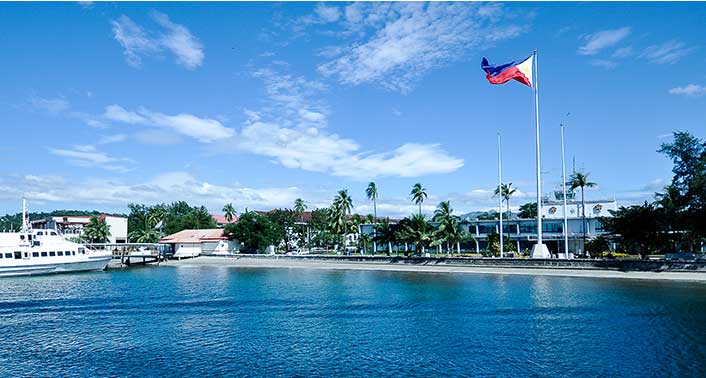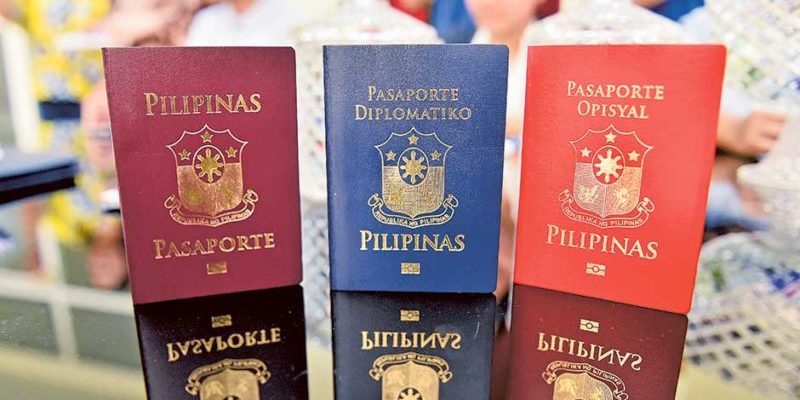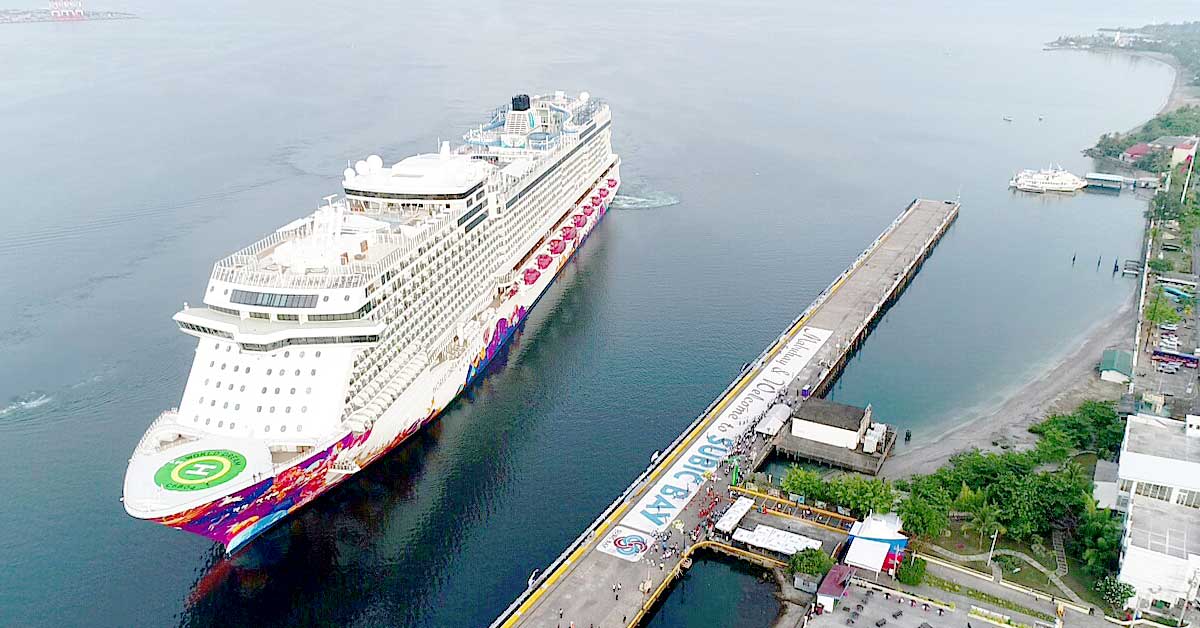LOOK: PNR to run first Philippine-made train
Posted 6 years ago
A group of 10 Filipino engineers developed the first Philippine-made train powered by batteries and a generator

|
PHILIPPINE-MADE. The Department of Science and Technology develops the first hybrid electric train in the country. Photo from DOST
MANILA, Philippines – Soon, a Filipino-made train will hit the railway tracks, a first in Philippine transportation history.
Developed by the Metals Industry Research and Development Center of the Department of Science and Technology (DOST), the train will soon be operational under the Philippine National Railways (PNR).
What makes it different? In a phone interview with Engineer Pablo Acuin, the project leader, he said that the train is a hybrid electric version, powered by batteries and a generator.
It is the first electric-powered train to run along the PNR tracks, as the current trains are powered by diesel. This makes it more environment-friendly, Acuin said.
Acuin added that the hybrid electric train no longer requires catenary or overhead lines, because the batteries and the generator already provide power for the train to run.
“Unlike the [Metro Rail Transit Line 3] or the [Light Rail Transit], we don’t have catenary lines because we have a generator inside. Running the train will not require additional infrastructure,” Acuin told Rappler in a mix of English and Filipino.
For electricity-powered trains, catenary lines are the overhead electric lines similar to those of the MRT or the LRT. It transmits electricity to power the motors of the train.
Similar to the PNR’s current trains, the hybrid train has a total length of 60 meters that would fit the platforms.
It has 5 coaches that are 12 meters in length, with a maximum capacity of 880 passengers. One coach will be carrying the generator, while the other 4 will carry the passengers.
Meanwhile, the PNR’s current trains have 3 coaches, each measuring 20 meters in length.
Cheaper
Acuin said that unlike the other railway systems in Metro Manila, maintaining the hybrid electric train is cheaper as it is Filipino-made.
The MRT3 railway system, for example, was originally built by Japan’s Sumitomo, and thus would require the technical expertise of the builder. Sumitomo came back as the maintenance provider, after the governments of the Philippines and Japan signed an P18-billion loan deal for the MRT3 rehabilitation in late 2018.
The hybrid electric train, Acuin said, only cost P120 million when it was first bidded out in 2013. Developing and manufacturing the train took place from 2014 to 2015 with the help of 10 Filipino engineers who were part of the core team.
“It is locally made by Filipino engineers, so the capability to maintain and operate it is already with us. If we make more of these, it would produce more jobs,” Acuin added.
The DOST is only waiting for the results of the reliability, availability, maintainability, and safety (RAMS) test before the hybrid electric train is allowed to travel the PNR’s Tutuban to Alabang route.
They are targeting the start of its operations anytime between March and June, depending on the results of the test.
Meanwhile, PNR General Manager Jun Magno told Rappler that they will be running the train once it is turned over to them by the DOST.
“It will be [operational] once it’s turned over to us.… It should be anytime soon. We just have to resolve the transfer, etc,” said Magno.
Promoting Filipino ingenuity
Acuin said they are hoping there will be more Filipino-made trains in the future.
The government is creating a Philippine Railway Institute, which will serve as a training center for staff of all public railways. Acuin hopes the DOST and the Department of Transportation can work together to pass on the technology there.
“We are promoting our own technology because the benefits that the Philippines will reap is huge if we develop and produce more of these trains,” he said.
Currently, there are only 11 train sets servicing around 50,000 to 70,000 PNR passengers a day. In 2018, the PNR bought 7 new train sets from Indonesia, all set to be delivered by the end of the year.
The PNR is also expecting to receive 5 rehabilitated trains this year, which originated from South Korea in 2009.
The Duterte administration is also expanding the PNR system by linking the 38-kilometer PNR Clark 1 from Tutuban, Manila to Malolos, Bulacan; the 58-kilometer PNR Clark 2 from Malolos, Bulacan to Clark International Airport, Pampanga; and the 56-kilometer PNR Calamba running from Solis Street in Tondo, Manila to Calamba, Laguna.
Source: rappler.com














































Loading Comment